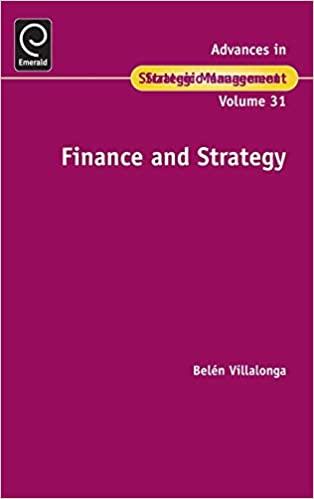answer everything please, even the ones you that are already answered because I don't know if they are correct. THANKS

The principal of the time value of money is probably the single most important concept in financial management. One of the most frequently encountered applications involves the calculation of a future value. The process for converting present values into future values is called This process requires knowledge of the values of three of four time-value-of-money variables. Which of the following is not one of these variablest The duration of the deposit (N) The trend between the present and future values of an investment The interest rate (I) that could be earned by deposited funds The present value (PV) of the amount deposited All other things being equal, the numerical difference between a present and a future value corresponds to the amount of interest earned during the deposit or investment period. Each line on the following graph corresponds to an interest rate: 0%,12%, or 23%. Identify the interest rate that corresponds with each line. All other things being equal, the numerical difference between a present and a future value corresponds to the amount of interest earned during the deposit or investment period. Each line on the following graph corresponds to an interest rate: 0%,12%, or 23%. Identify the interest rate that corresponds with each line. Assume that the variables I, N, and PV represent the interest rate, investment or deposit period, and present value of the amount deposited or invested, respectively. Which equation best represents the calculation of a future value (P) using: Compound interest? FV=(1+1)N/PVFV=PV/(1+1)NFV=PV(1+1)N Simple interest? FV=PV=(PV1N)FV=PV/(PV1N)FV=PV+(PV1N) Identify whether the following statements about the simple and compound interest methods are true or false. Statement All other variables held constant, investments paying simple interest have to pay significantiy higher interest rates to eam the same amount of interest as an account earning compound interest. Everything else held constant, an account that earns compound interest will grow more quickly than an otherwise identical account that earns simple interest. After the end of the second year and all other factors remaining equal, a future value based on compound interest will exceed a future value based on simple interest. Sarah is wilting to invest $30,000 for eight-years, and is an economically rational investor. She has identified three investment altematives ( L, M, and P) that vary in their method of calculating interest and in the annual interest rate offered. Sincul she can only make one investment during the eightyear investment period, complete the following table and indicate whether Sarah should invest in each of the investments. Note: When calculating each investment's future value, assume that all interest is eamed annually, The final value should be rounded to the nearest whole dollar











